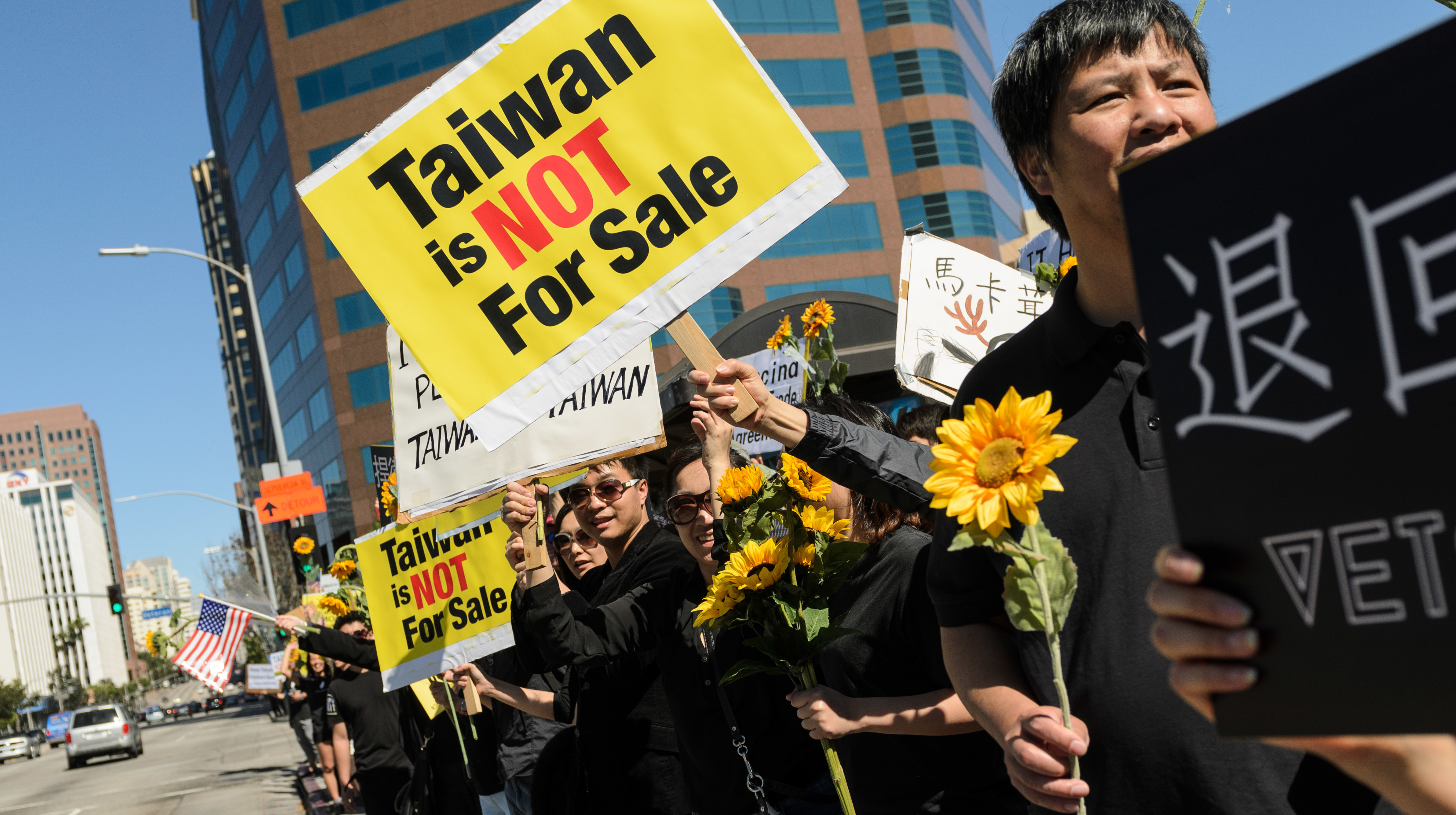My last piece addressed the polemic surrounding the Taiwanese government’s intention to ratify the Cross-Strait Service Trade Agreement (CSSTA) with China. The article commented on the Sunflower Movement’s actions to prevent the passing of the agreement, in the context of Taiwanese foreign relations with China. It presented the idea that economic ties between Taiwan and the mainland are increasing through private investment, regardless of whether or not government agreements facilitate it. The piece proposed that the movement, as well as Ma’s administration, should then concentrate in ensuring Taiwan’s autonomy while negotiating with China, instead of scrapping the agreement.
While the article focused on Taiwan’s foreign relations with China, an examination on the movement’s domestic significance seems to be in order as a follow up. The Sunflower Movement’s call for democratic transparency in Taiwan attracted thousands of sympathizers, both from the island and overseas. Now, two weeks after the students evacuated the Legislative Yuan, the international community still has its eyes on Taiwanese President Ma Ying-jeou. The Sunflower Movement’s pressure on the government to honor democratic procedures indicates a remarkable engagement of the youth in Taiwan’s political life. However, it also appears to suggest the worrying concern that Ma and the ruling KMT party are incapable of representing popular will.
The Sunflower Movement is the latest pro-democratic student campaign in Taiwan. Somewhat resembling previous student movements in Taiwan such as the 1990 Wild Lily and the 2008 Wild Strawberry campaigns, the emergence of the Sunflower Movement is not exactly unexpected. However, the tactics used by the students, as well as the scope of audiences they reached, are certainly unprecedented.
On March 17, KMT congressperson Chang Ching-chung pushed to vote the CSSTA without completing its review process. The revision, which was initiated on September 2013, had been continuously inhibited by KMT and DDP rivalries. After legislator Chang announced that the review process had exceeded the 90 days limit, and was therefore ready to be voted, students proceeded to occupy the Legislative Yuan. The Sunflowers denounced the KMT’s action as undemocratic, and initially requested the completion of the article-by-article revision, changing this demand later on to the total cancellation of the CSSTA. This takeover of the congress, which lasted 24 days, marked the first time that a movement seized government buildings in Taiwan as part of their protests.
On the other hand, the movement’s widespread use of technology and social media played a big role in the protests. Facebook, Twitter and Whatsapp assisted them in organizing logistics, updating the situation, and promoting their cause abroad. Bloggers in English, as well as interviews with international newspapers, helped the movement become global. According to China Post, demonstrations in support of the Sunflower occupation took place in around 50 international cities. Amnesty International also joined in support of the students, calling for the Taiwanese police to abstain from violence. In short, the international awareness that resulted from the use of technology in the movement is noteworthy. Similarly, the Taiwanese government now faces a significantly greater pressure to ensure democratic procedures in the Yuan, due to the international attention it has received.
While negotiating the revised clauses with Beijing would result in a better outcome for Taiwan than the outright cancellation of the agreement (as the Sunflower Movement requested), the protests in Taiwan have had a positive result in the island’s political sphere. The awareness raised regarding undemocratic procedures in the government, have led Taiwanese residents to realize that they need to increase the monitoring of their representatives. The Sunflower Movement reflects the fact that the Taiwanese youth is engaged in this governance process. Moreover, the international media will now also contribute to observing the future actions of Ma’s administration. Ma and the rest of the KMT will have to be extremely meticulous in the upcoming legislative events. The promised clause-by-clause revision of the CSSTA, as well as the pledge to create a mechanism for public oversight, will be the occasion to prove that the Taiwanese government is truly transparent and democratic. The Sunflower supporters may have evacuated the Legislative Yuan to allow the Council to assemble, but it will not tolerate another interruption in the CCSTA’s clause-by-clause review.
